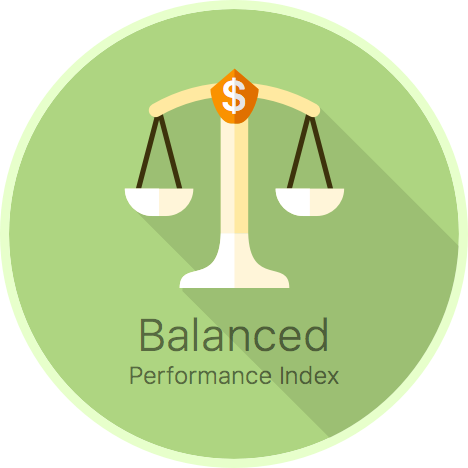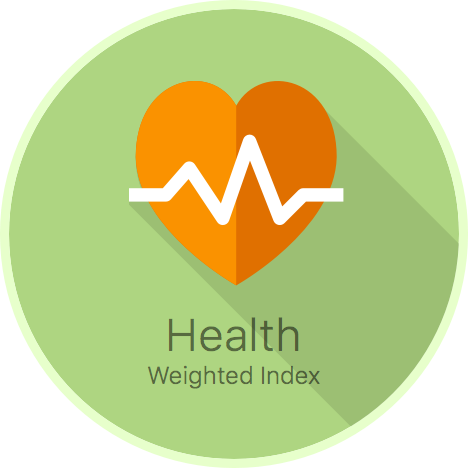Indices + Traits
Most dairy farmers want to breed to improve more than one trait at once. Breeding Indices take the hard work out of breeding for multiple traits by combining them in a single value. They are based on rigorous scientific analysis and industry priorities.
Australia’s three breeding indices – Balanced Performance Index (BPI), Health Weighted Index (HWI) and Sustainability Index (SI)– account for the traits that affect a cow’s lifetime contribution to the dairy business: production, health and fertility, longevity, workability, type and feed efficiency. They differ in the amount of emphasis given to specific traits.
Dairy cows and bulls can receive a BPI, HWI and SI, if sufficient data is available in DataGene’s genetic evaluation system.
Balanced Performance Index
The Balanced Performance Index (BPI) is an economic index that drives improvements in the traits that affect lifetime contribution to the farm business: production, type, health, fertility, longevity, workability, feed efficiency and type. The BPI is measured in $, compared with the breed average (or ‘base’) which is set at zero.
Health Weighted Index
The Health Weighted Index allows farmers to fast track genetic gain for traits such as fertility, mastitis resistance and feed saved. The HWI places greater weighting on these traits than the BPI. Breeding for HWI is expected to reduce cow size and show little improvement in production. This is because it places less emphasis on milk yield per cow. The HWI is modelled on a strictly seasonal calving system.
Sustainability Index
The Sustainability Index enables farmers to fast-track breeding for reduced greenhouse gas emissions intensity by placing greater emphasis on the traits that contribute to reducing emissions intensity (production, survival and feed saved).
The Sustainability Index is a relative ranking of animals expressed as a unit against a base of zero.
Traits (Australian Breeding Values – ABVs)
DataGene publishes Australian Breeding Values (ABVs) for more than 40 traits (characteristics of dairy cattle). These fall into five groups of traits: Production, Health, Management, Workability and Type. Farmers who herd test or genotype their animals can look up their ABVs on DataVat.
Production
ABVs are calculated for protein (kg and %), fat (kg and %) and milk production (L).
Health
The main health traits are mastitis resistance, survival, daughter fertility and heat tolerance.
Management
Management traits are calving ease, gestation length, feed saved, and liveweight.
Workability
Workability traits are milking speed, temperament and likeability.
Type
ABVs are available for more than 20 type traits which are assessed by breed association classifiers.




